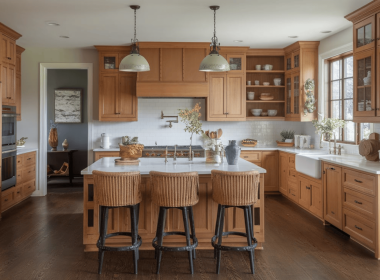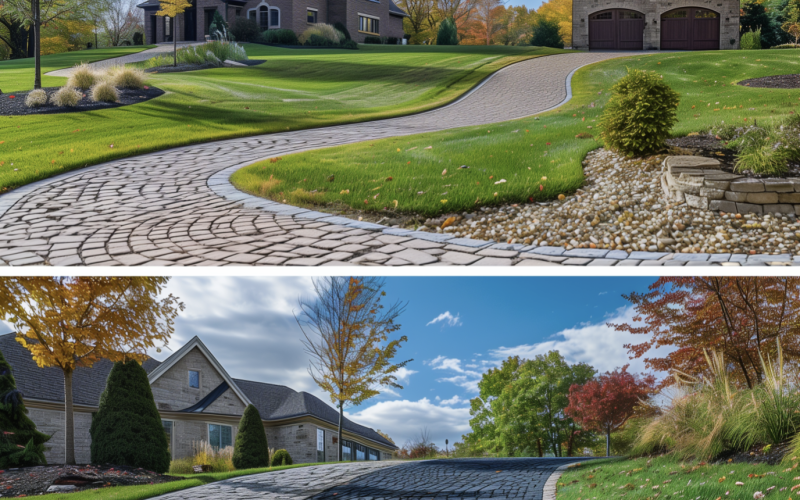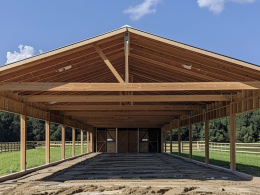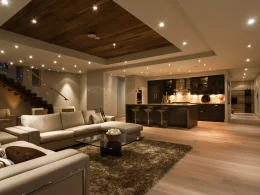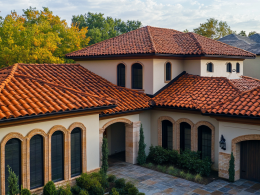Regarding driveways, homeowners often grapple with a common question: straight or curved? Each design has merits, and the choice can significantly impact your property’s look and functionality.
Your driveway is more than just a path to your garage; it’s essential to your home’s curb appeal.
Whether considering a simple straight path or exploring circular driveway ideas, the right choice can enhance your property’s value and daily convenience.
This article will explain the pros and cons of straight and curved driveways, helping you make an informed decision.
We’ll explore factors like space requirements, cost, and visual appeal to ensure you choose the perfect driveway design for your home.
Which is Better?
Straight Driveways offer simplicity, cost-effectiveness, and easy maintenance. They provide a direct path to your home and are often more budget-friendly.
Curved Driveways, on the other hand, bring aesthetic appeal, elegance, and improved maneuverability.
They can add character to your property and work well with challenging landscapes.
The best choice depends on your needs, property layout, and personal preferences. When deciding, consider factors like available space, budget, and desired visual impact.
Detailed Analysis: Straight or Curved Driveways
1. Functionality
Straight Driveways
They provide direct, efficient access and are well-suited for smaller properties or areas with limited space. Straight driveways are practical for quick entry and exit.
They can appear plain and less welcoming compared to curved options.
Curved Driveways
These offer better maneuverability for large vehicles and are ideal for properties with obstacles or non-aligned garages. They can help navigate around trees or other landscape features.
Curved driveways require more space and careful planning to ensure proper flow and functionality.
2. Aesthetic Appeal
Straight Driveways
Straight lines can complement modern home designs and create a formal, structured look, enhancing the focus on the house’s architecture.
Straight driveways may lack visual interest in larger properties and appear too simple.
Curved Driveways
They add a natural, organic feel to the landscape and blend seamlessly with the surroundings, adding character. Curved driveways can create a sense of anticipation as you approach the home.
Curved driveways can appear overly complex or busy if not well-designed, potentially detracting from the overall property aesthetics.
3. Cost Considerations
Straight Driveways
It is generally less expensive due to its simpler design and lower material and labor costs. It often requires less excavation and preparation.
Limited options for adding visual interest without incurring additional costs.
Curved Driveways
Can increase property value with aesthetic enhancements and unique design elements.
Higher costs are due to the complexity of design and construction. Additional expenses may be incurred for landscaping and materials to complement the curved design.
4. Maintenance
Straight Driveways
Easier and more economical to maintain, with fewer drainage and erosion issues.
Snow removal and cleaning are typically simpler on straight surfaces.
There are no significant drawbacks in terms of maintenance.
Curved Driveways
It can be designed with durable materials to reduce long-term maintenance needs. Proper design can incorporate effective drainage solutions.
It may require more regular upkeep to maintain appearance and function. If not properly planned, there is potential for more drainage issues.
Factors Influencing Choice
1. Property Size and Layout
Straight Driveways are best for small properties or where space is limited. They efficiently use the available area and provide a clear line of sight.
Curved Driveways are better suited for larger properties with more space. They can take advantage of natural contours and create interesting landscape features.
2. Terrain and Natural Features
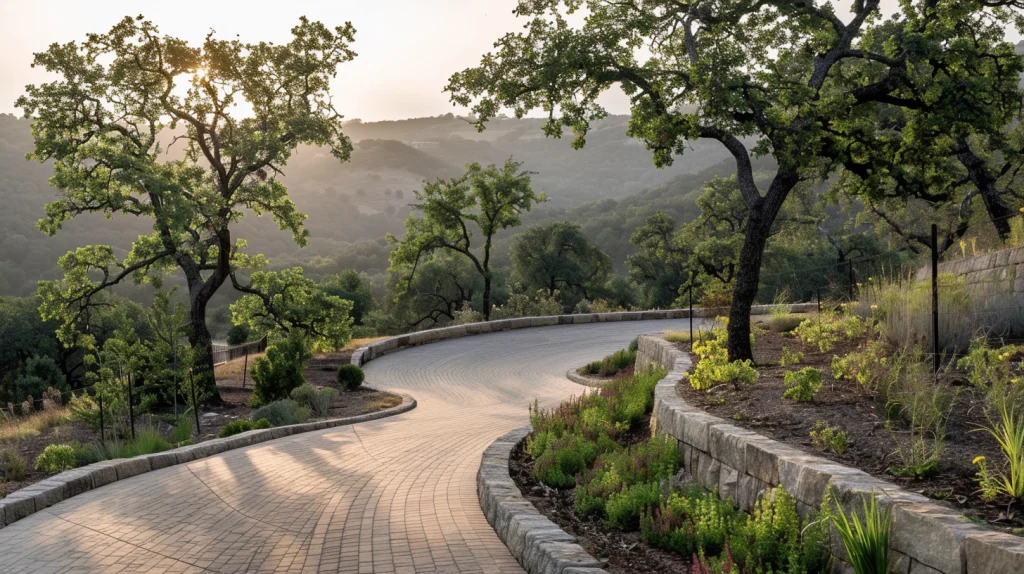
Straight Driveways are suitable for flat, straightforward landscapes. They work well with a direct path from the street to your garage.
Curved Driveways are ideal for hilly or wooded areas. They allow navigation around obstacles and can follow the land’s natural slope, reducing the need for extensive grading.
3. Personal Preference and Style
Straight Driveways are preferred for their formal, structured aesthetics. They complement modern and minimalist architectural styles.
Curved Driveways Are Preferred for their relaxed, natural appearance. They work well with traditional, rustic, or country-style homes.
4. Budget Straight Driveways
These are more budget-friendly and involve fewer costs in design and construction.
A higher budget is required for design and implementation due to more complex planning and execution.
Conclusion
Choosing between a straight or curved driveway isn’t just about aesthetics—it’s about finding the perfect balance for your home.
Straight driveways offer simplicity and cost-effectiveness, ideal for smaller properties or modern designs.
Curved driveways, while potentially more expensive, add character and work well with challenging landscapes.
Your decision should consider your property’s unique features, personal style, and budget. Remember, a well-designed driveway enhances both curb appeal and functionality. So, what’s next?
Walk around your property, visualize both options, and consider how they fit with your home’s architecture.
If you’re still unsure, consult a local landscaper for personalized advice. Whichever you choose, your new driveway will be the first step towards creating a welcoming entrance to your home.




